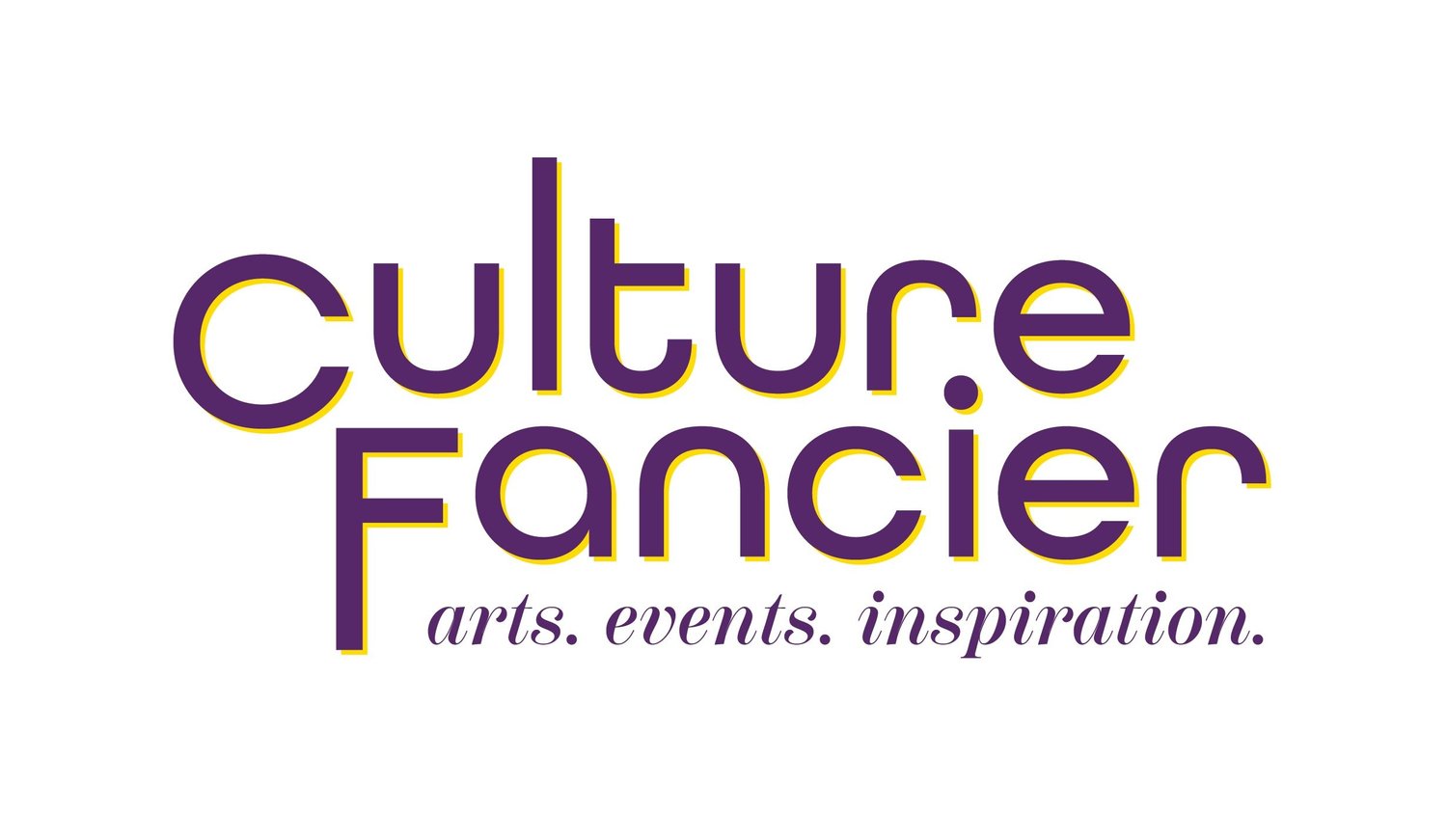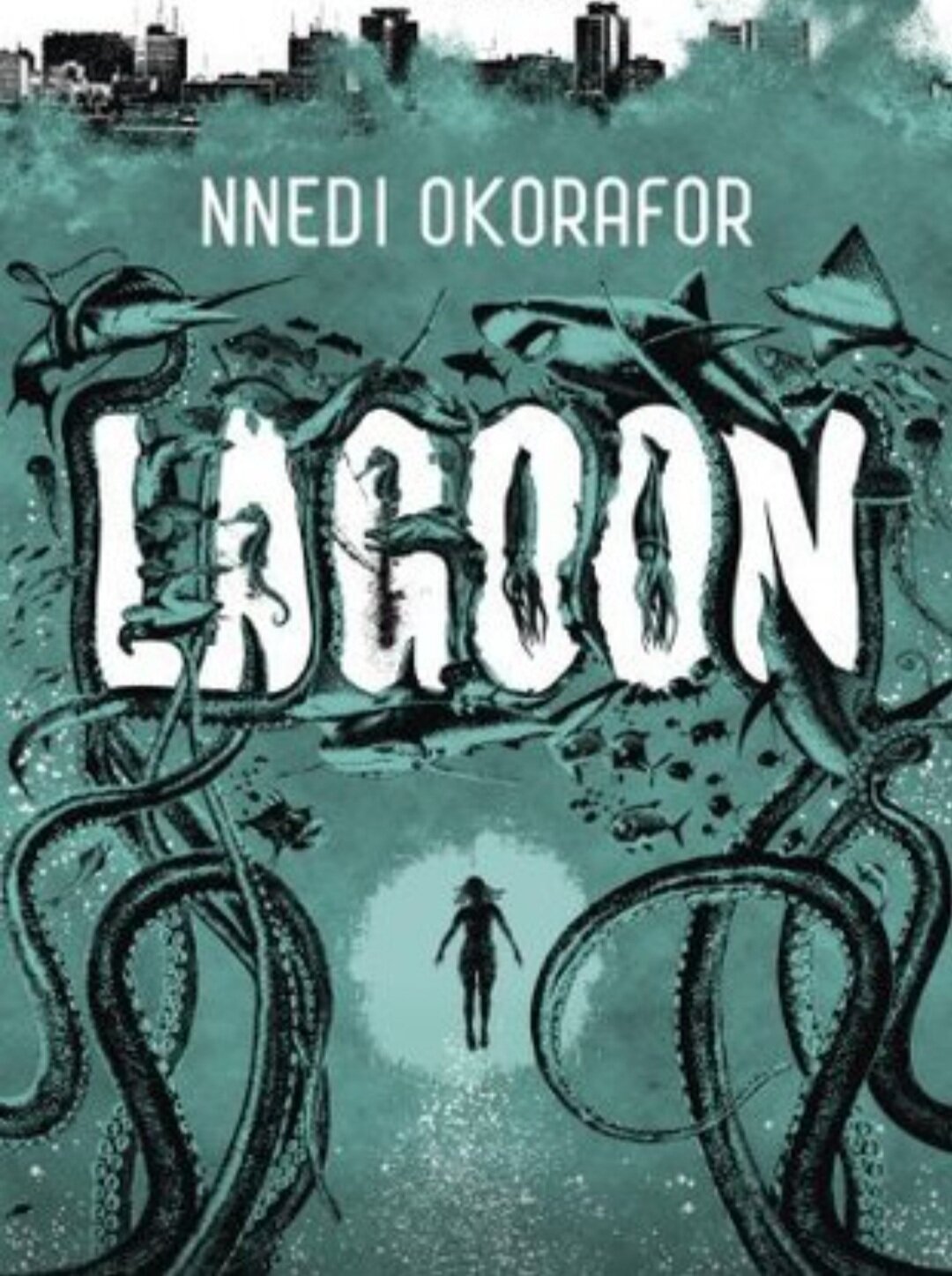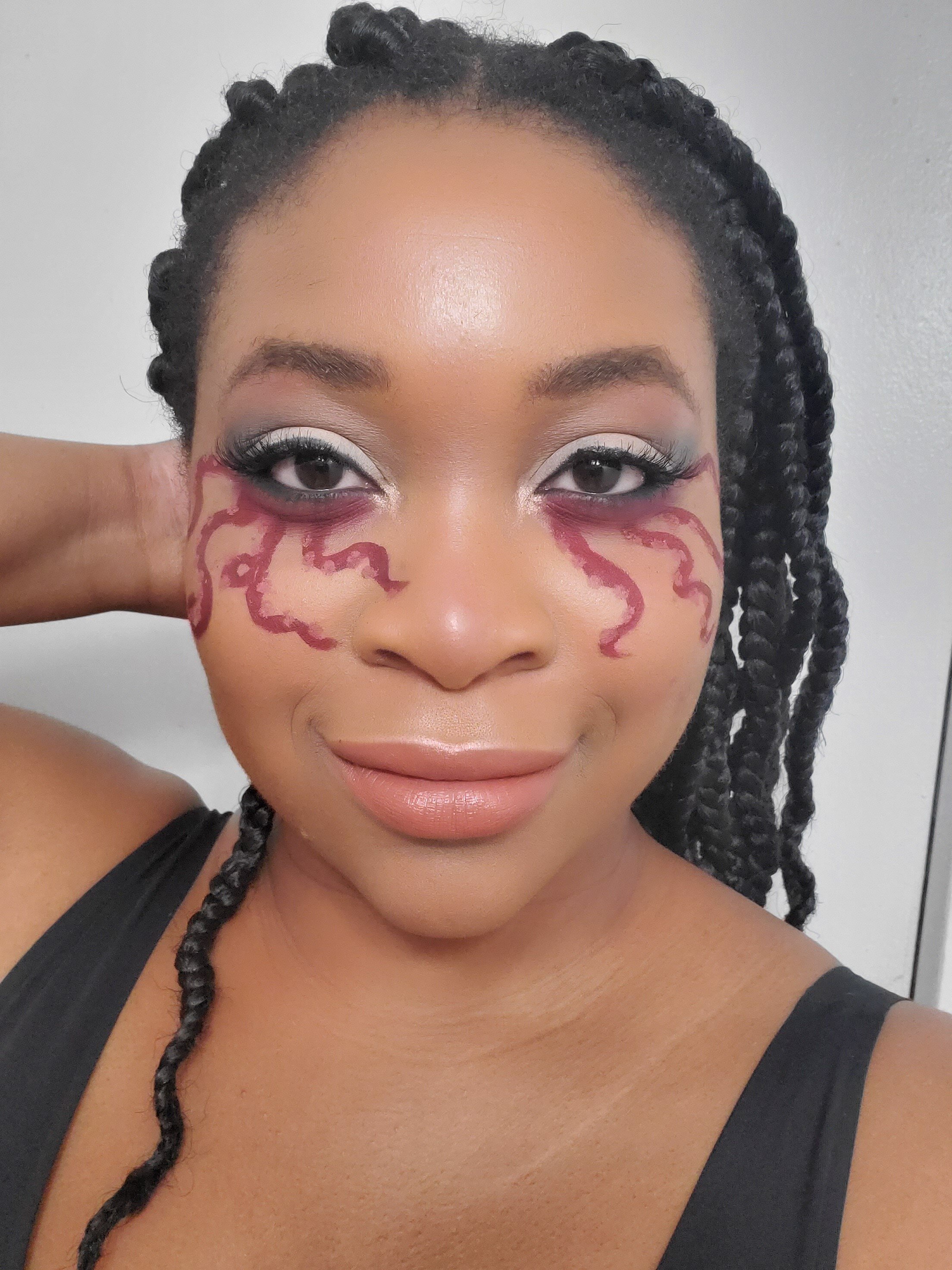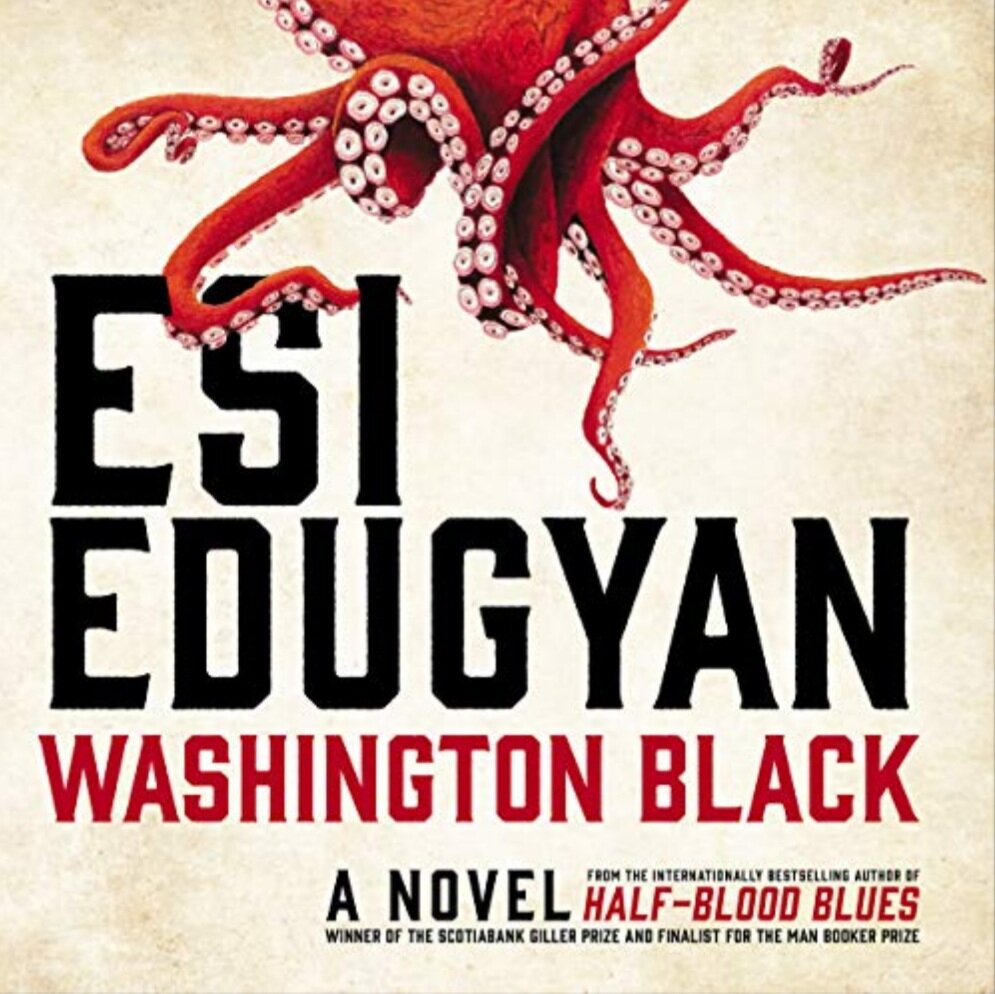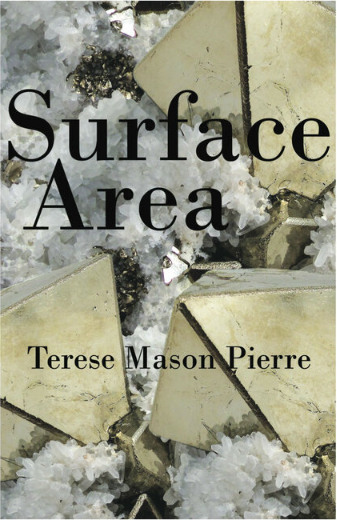Terese Mason Pierre is a writer and editor whose work has appeared in Hobart, The Puritan, Quill and Quire, and Strange Horizons, among others. She is currently the Senior Poetry Editor of Augur Magazine, a Canadian speculative literature journal. Terese has also previously volunteered with Shab-e She’r poetry reading series, and facilitated creative writing workshops. She is the author of chapbooks, Surface Area (Anstruther Press, 2019) and Manifest (Gap Riot Press, 2020). Terese lives and works in Toronto.
I watched an interview you did with ONYX Pages and you talked about learning to corn row your hair during quarantine and the ritual and magic associated with Black hair care. What is it like to achieve Elite Black Girl status? Asking for me.
OMG, I don’t know how to answer that! I’m truly feeling overexposed these days, but I’m telling myself that I’m going to enjoy it—especially when I look back and see how far I’ve come. The ONYX pages interview was so lovely, and it was an honor and a privilege to know that my work affected someone else that deeply. Njeri and I, we seemed to ricochet off each other’s energy, and I liked that. It was one of the best interviews I think I did during quarantine. I’m still trying to figure out my hair, but I cornrow my mom’s hair now, so that’s a nice role-reversal.
Has Covid affected your writing at all in terms of frequency or content?
COVID has definitely affected my writing. I think I’m writing less, but I’m not sure if that’s actually the case. Since March, I’ve published ten poems and a chapbook. But it does take a lot more energy out of me to write. Recently, I’ve been getting a few solicitations for my work, and I’d have to come up with something new to send out, and it’s just mentally and emotionally exhausting to force myself into that creative headspace. I’m not sure if the quality of my writing is decreasing—no one has told me this yet. I’m just happy when I finish any poem. I know I can always edit later.
Why did you start doing book looks?
I started doing book looks to celebrate two books I’d finished reading and reviewing in the course of three days. I didn’t know how else to show my love of these books. I posted the makeup looks on Facebook, giving credit to the person who’d inspired me—poet Domenica Martinello. Other writers joined in. Over the quarantine, it’d become something of a ritual, and doing makeup every day had drastically reduced the anxiety and the fatigue I’d felt.
Your looks feature BIPOC authors. Do you also use BIPOC makeup brands?
Many of my book looks featured BIPOC authors. Not only did I want to celebrate BIPOC Canadian writers, I wanted to highlight Black American writers, too, especially in light of the protests against racism—just an artistic way of showing my appreciation of their writing. I mainly use one Black-owned makeup brand: Juvia’s Place, where I have purchased lipstick, lip liner, and most of the eye shadow in my collection.
What is the most complex look you’ve done so far?
My most complex looks are anything where I have to draw something. I’m not the best at art on my face (see Jenny Heijun Wills’s makeup looks for goddess-tier face art), but I’m proud of a lot of them. I think my most complex make up looks were Nnedi Okorafor’s, “Lagoon,” and Esi Edugyan’s, “Washington Black,” both of which features tentacles up and down my cheeks.
Has anyone ever done a look inspired by your book(s)?
Yes! Jenny Heijun Wills has done makeup book looks for both of my chapbooks, “Surface Area,” and, “Manifest.” I will forever extol Jenny’s artistry, in addition to her kindness.
For people who aren’t familiar with the world of traditional publishing, can you share how much creative control you had over your own book covers?
For my first chapbook, it was a discussion between me, the designer and publisher, who picked themes from my work and decided how best they worked on the page. One of the poems in that collection is called, “Pyrite,” also known as “fool’s gold,” so they found an image of pyrite and went with that. I thought it looked beautiful. For my second chapbook, I solicited an artist who I knew did fantasy work, and she discussed with my publisher how best to proceed. I only saw the finished product, and I loved it the more I stared at it. It was also in colour, which was neat!
What is your best makeup tip or hack?
My best makeup hack, especially for darker-skinned people, is for eye shadow. If you want bright colours to show up well, cover your eyelid with a white eyeliner (like Nyx Jumbo Pencil in Milk), blend it out a little, and then pat the coloured eye shadow on. It’ll show up bolder and more intense than when applied to the skin directly. I’ve done this plenty of times and the makeup always shows up great on camera. Another makeup tip is to cover the “back” of your eyelashes (the part that faces toward the eyelid) with mascara as well.
What’s one piece of advice you have for emerging BIPOC writers?
One piece of advice I have for emerging BIPOC writer is to find a community of other BIPOC writers especially writers of your own background, no matter how large. It makes such a huge difference to have people in your circles who share or have similar lived experiences to you, as well as more experienced mentors who can guide you. Writing is such a solitary activity, so if you’re going to socialize, make sure it’s with people who care about your success and well-being.
Follow Terese on Instagram and Twitter.
Interview by Glodeane Brown
Author photos provided by Terese Mason Pierre
If you liked this post please like, comment, and share.
